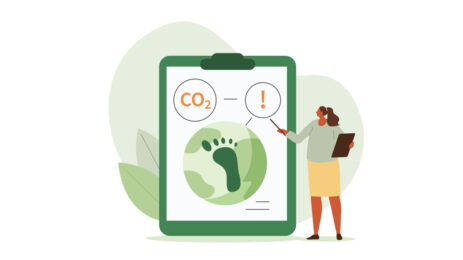By this stage of the game, almost all meeting professionals are using social media in some fashion and degree in conjunction with events. But do you have a strategy? Are you using all the resources at your disposal.
During Florida Encounter Nov. 30-Dec. 2 at Omni Orlando Resort at ChampionsGate, social media guru Alex Plaxen shared his insights to help planners kick their social media games up a few notches. Plaxen, founder and president of Little Bird Told Media, reminded those in attendance to always keep “FOMO” in mind. If you can create a “fear of missing out” among those who maybe weren’t planning to attend your event, you may be able to get a few last-minute registrations and enhance reputation for future events.
6 Phases of Social Media Before, During and After Events
1. Start by developing a strategy based on data from previous events, including group identities and target markets. Analyze that data to gain insights that will be helpful in directing your social media campaign.
2. Build momentum, starting about two to six months before your event. This phase is content driven. The more fresh content you create, the more momentum will surge. Among the possible contents items that can help you build momentum are announcements regarding deadlines, speakers, receptions and recaps from the previous year’s event.
3. High volume touch points are reserved for two weeks before your event. This is the time speakers can really help you promote the event, including a sneak peek video with the keynote. Encourage speakers to use their own social media accounts to promote your event. Website components may include countdowns and a timelapse video of the trade show floor. Don’t forget to monitor your hashtags and if attendees are tweeting out, make sure to acknowledge them. “It goes a really long way,” Plaxen says.
4. The main event is obviously critical, so appoint one person to stay on top of posts and respond to complaints. (Plaxen says this person should NOT be your intern.) Because social media is the “new help desk,” event planners can show their social media savvy by responding to posts quickly and with aplomb. “People are okay with things not being perfect. They want authenticity,” Plaxen says. Media walls are a great way to track all the great photos attendees are posting. And make sure to take a few minutes at the start of the conference to remind participants about your hashtag and let them know why they should use social media tools during the event.
5. As a post-event follow-up, thank everyone who posted on social media about your event. A simple retweet or reply with “Hope you had a great time!” will show you care and actually paid attention to their posts.
6. Plan to reward top social media users with a small gift. If you let attendees know you’re having a contest, there’s incentive to stay active on social media.




